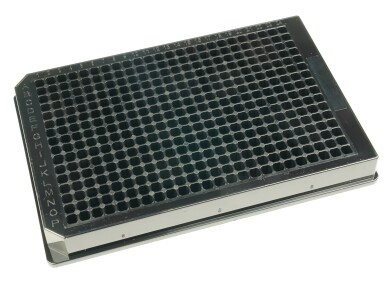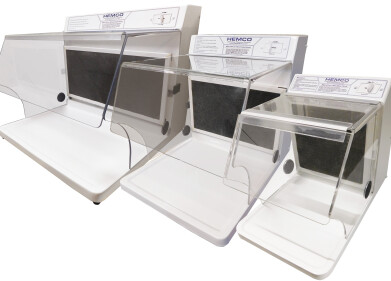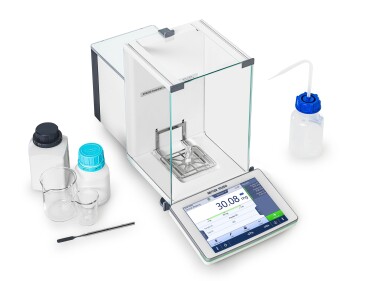Laboratory Products
Benefits and Limitations of Plunger Protection Layer for Bottle Top Dispensers
Jan 23 2015
Bottle top dispensers are widely used in laboratories for the repeat dispensing of reagents and chemicals, strait from the bottle. During use, the liquid comes in direct contact with plunger and barrel. Most suppliers offer models with and without plunger protection layer. Below review summarises benefits and limitations of a protection layer, thus providing users better awareness when choosing a new dispenser.
Common materials used are fluoropolymers (FPs), for example PTFE, FEP and PFA. Main physical-chemical properties of these materials are: very smooth surface, resistant to build-up biofilms, seamless finish giving no adhesion point for crystal building; oleophobic, hydrophobic, low binding capacities with liquids like water and water based solutions; low permeability to liquid; reduction of the coefficient of friction compare to uncoated glass surface; excellent chemical resistance; food contact compliance (FDA compatibility).
A protection layer prevents plunger freezing when liquid remains in the instrument. It is recommended when handling salt solutions, acids, bases and buffers.
A known limitation of protection layer is its mechanical fragility. Scratches may impair proper working of the dispenser. Sufficient coating thickness is a way to overcome this. Organic components such as solvents and some strong acids in high concentration may react with the coating. This may lead to layer swelling or peeling in extreme cases.
Plungers are usually made of ground glass or ceramic. Both materials being inert from a chemical point of view, they are perfectly suitable to handle liquids that would potentially react with FP’s protection layer.
One difficulty when using ground glass is to guarantee a smooth glide of plunger in the barrel. Manufacturer must find the best compromise between appropriate surface roughness and capillarity effects. This is only possible when plungers are machined with very high precision. Other known limitations are: high friction observed with some liquids, higher sensitivity to freezing when dispenser not used, scratch of barrel wall if forced is applied on plunger or if particles are stocked between plunger and barrel, increased capillary effects and ‘sticking’ feeling during plunger activation.
Ceramic (such as Al2O3) shows excellent chemical resistance and a better mechanical shock resistance compared to glass. But it is a highly expensive material increasing the market price of the instrument.
In conclusion, it is important for the Lab users to know what they intend to distribute before selection a suitable dispenser. Manufacturer must be clear about recommended use and limitations of their instruments. In any case, manufacturers must remain anytime available to provide all necessary technical support when needed.
See complete Socorex liquid handling programme at: www.socorex.com
Digital Edition
ILM 49.5 July
July 2024
Chromatography Articles - Understanding PFAS: Analysis and Implications Mass Spectrometry & Spectroscopy Articles - MS detection of Alzheimer’s blood-based biomarkers LIMS - Essent...
View all digital editions
Events
Jul 28 2024 San Diego, CA USA
Jul 30 2024 Jakarta, Indonesia
Jul 31 2024 Chengdu, China
ACS National Meeting - Fall 2024
Aug 18 2024 Denver, CO, USA
Aug 25 2024 Copenhagen, Denmark







24_06.jpg)










